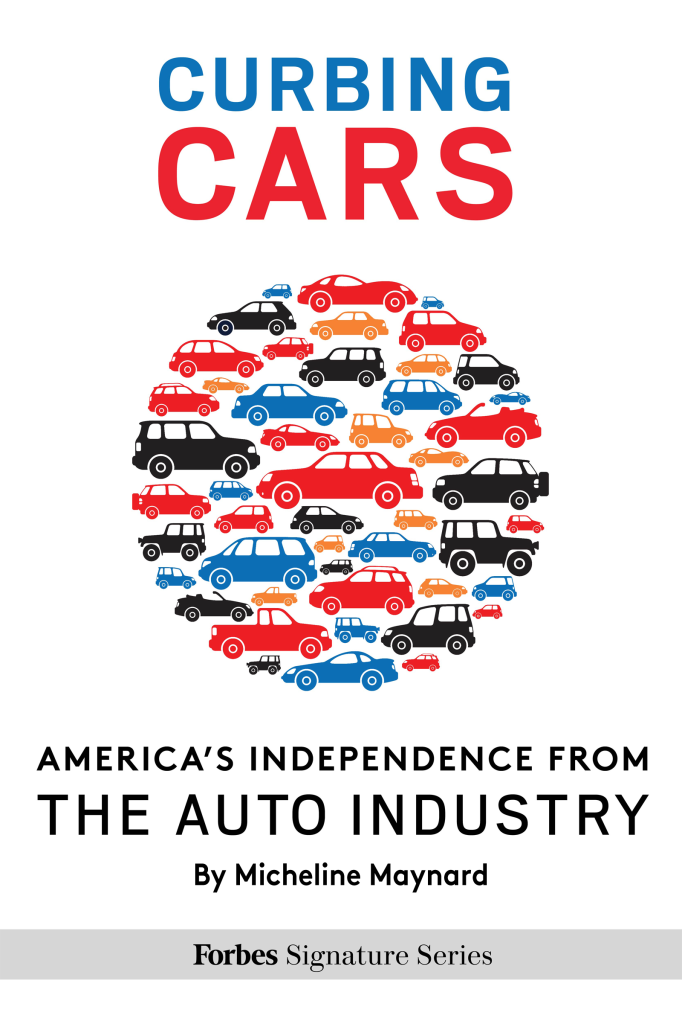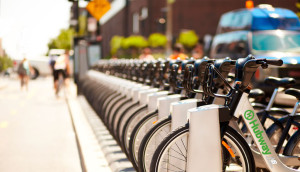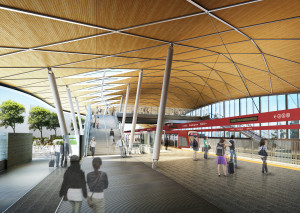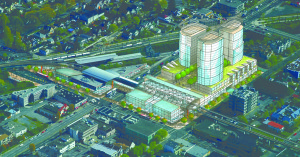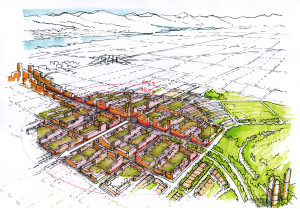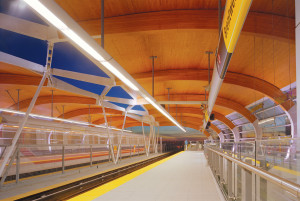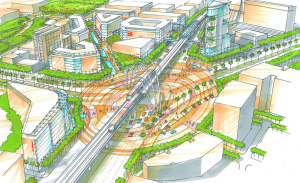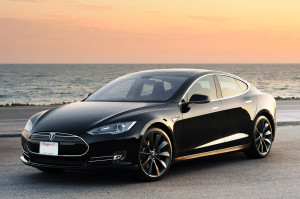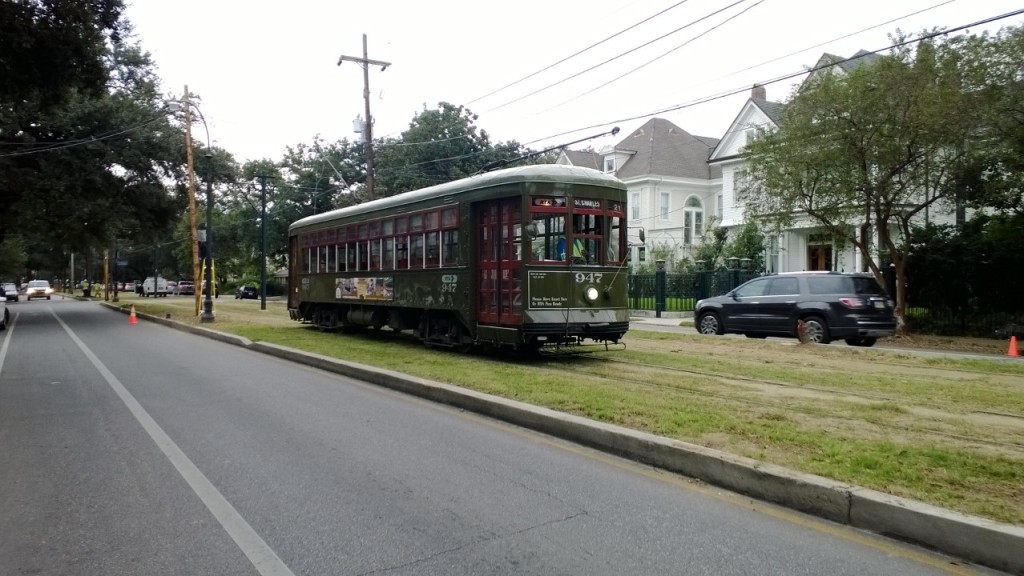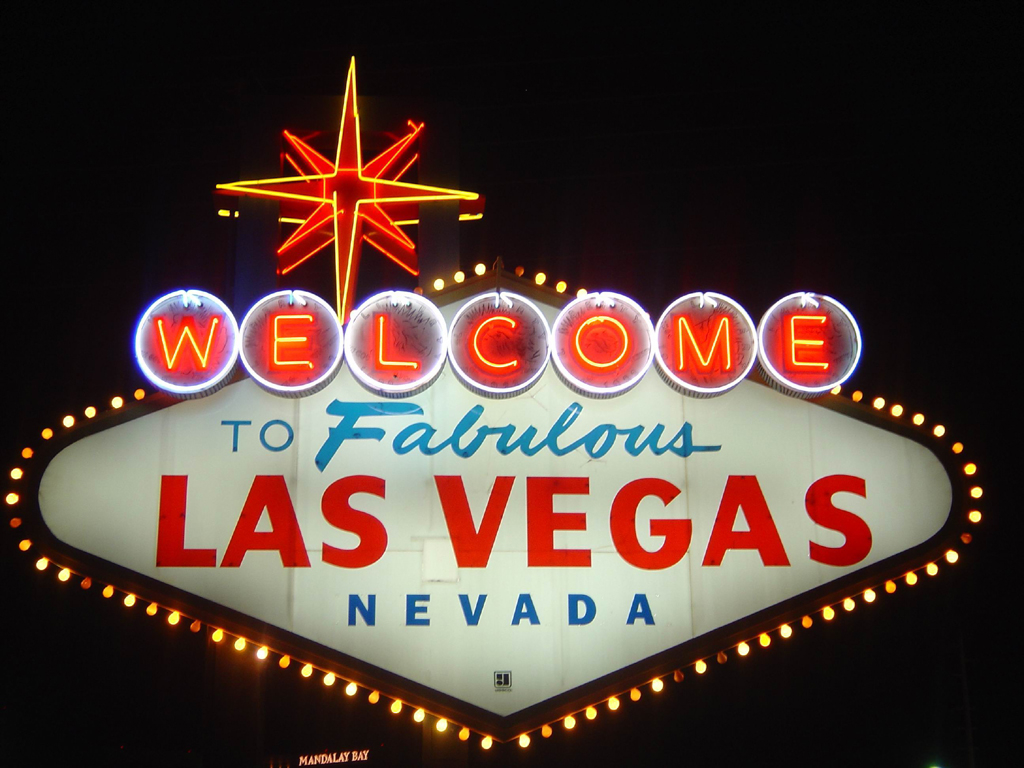My parents went through the Great Depression. They were thrifty, to say the least, and we were recycling before we knew what the term meant. 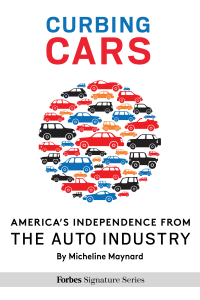
Now, we and our children have been through another seminal economic event. Some call it the Great Panic, others the Great Recession.
No matter what you call it, the economic meltdown of 2007-2009 changed a lot of attitudes in the United States, including the way some people feel about the role of automobiles in our lives.
I look at the impact of the recession on driving in our new ebook. While it may not be the top factor why people are “driving light,” it’s definitely one of the considerations that plays into how they view cars.
The changes these consumers made during the worst of the recession have become permanent parts of their lives. Even as the stock market soared in 2013 and 2014, and as some economists declared that America had recovered (statistically at least), the feeling that all could be lost at any moment still resounds in a number of corners.
Read more about the economy and how it changed peoples’ attitudes in this excerpt from the book in Forbes.
You can buy Curbing Cars: America’s Independence From The Auto Industry at Amazon and Apple now.

